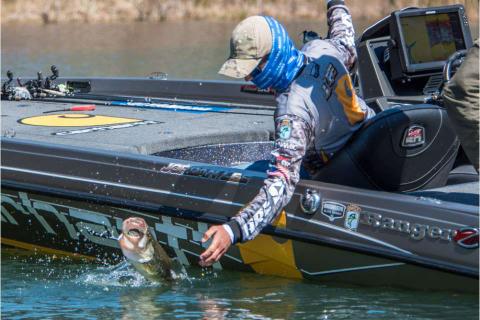Todd Amenrud
Thanks to the vision of our conservation forefathers. In addition to the unique privilege of being able to hunt and fish, we have access to the world's leading wildlife biologist and institutions. We learn the results of a decade plus long research project conducted on antler genetics by Texas A&M Kingsville on The GameKeepers of Mossy Oak.
GameKeepers TV air times are Tuesday 9 p.m., Thursday 11 a.m. and Sunday 3 p.m. EST on the Outdoor Channel.
In this article, we address:
- The Genetic Truth
- We Can Make A Difference
- What Can We Do to Help Antler Growth?
- Are Deer Antlers Genetic?
- Whitetail Deer Breeding Values
- Is There Such Things as a Cull Buck?
- How Female Deer Influence Antler Development
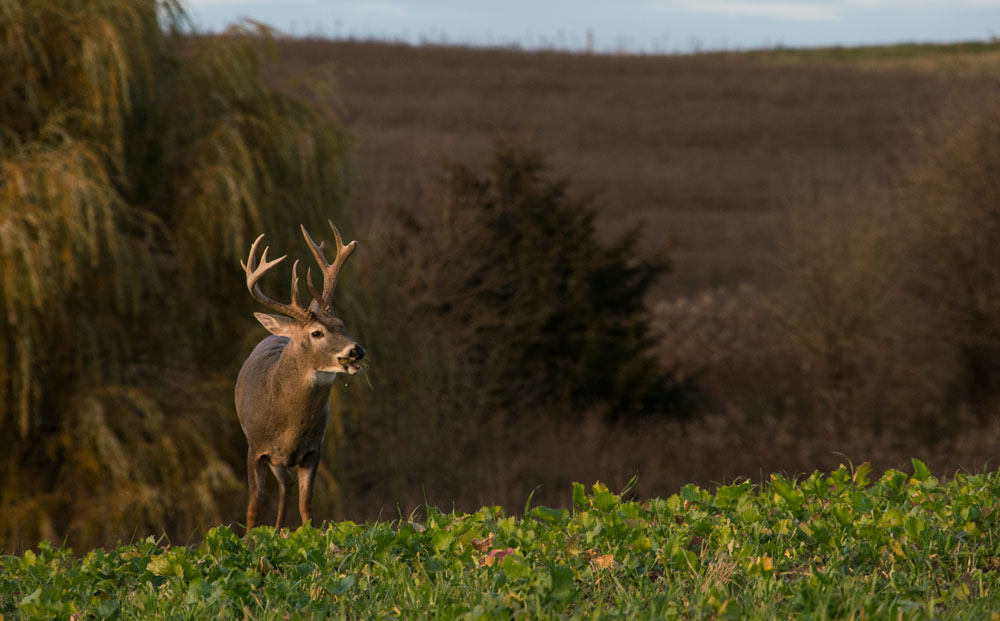
Gamekeepers of wild whitetail herds cannot manage genetics through harvest to produce any measurable change in them. This is just a fact. While genetics plays a big role in the antler development of an individual buck, as a gamekeeper there is little we can do to influence our wild herds. While most of us wish to harvest the biggest buck on our property during hunting season, the best thing we could do for the area’s antler size is to let the biggest bucks live so they can continue to breed.
Unless we could somehow control exactly which doe breeds with a specific buck, there is no way to affect genetics on a noticeable level. Remember that even if the giant you passed on breeds with a doe, you have no idea what genetic potential she is passing on, and she’s 50 percent of the recipe. Basically every study completed shows that it is impossible to impact antler size by culling certain bucks. However, there IS evidence to show that other things we can do will help individual bucks to reach their particular genetic potential.
Following are a few facts about whitetail antler genetics:
The Genetic Truth
1. Antler development is genetically established so not all deer have the same potential. However, antler size can be greatly influenced by nutrition and other factors like stress. Both genetics and nutrition are important, and good nutrition can somewhat "mask" inferior genetics, but it can’t substitute for the genetic effect. It has been said, “It is possible to starve the antlers off of a buck with great genetics, but it is not possible to feed big antlers onto a deer which does not have the genetic capabilities to grow them.”
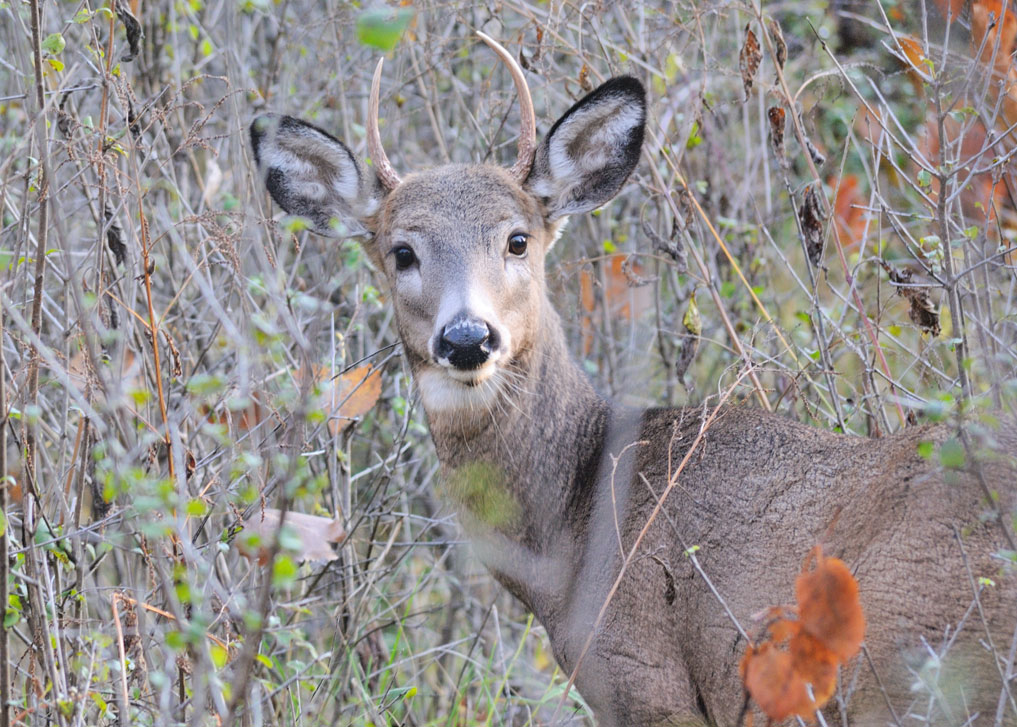
2. Antler points of yearling bucks show no connection to what they are able to produce later in life. There are a few studies that show that the majority of yearling spike bucks will produce fewer points later in life than multi-tined yearlings. However, a buck’s skeletal system must be finished developing before true genetic potential can be realized. Most studies show that spiked yearlings are just as likely to produce large antlers later in life as yearlings with multiple tines.
3. Does provide half of the genetic potential for antler development.
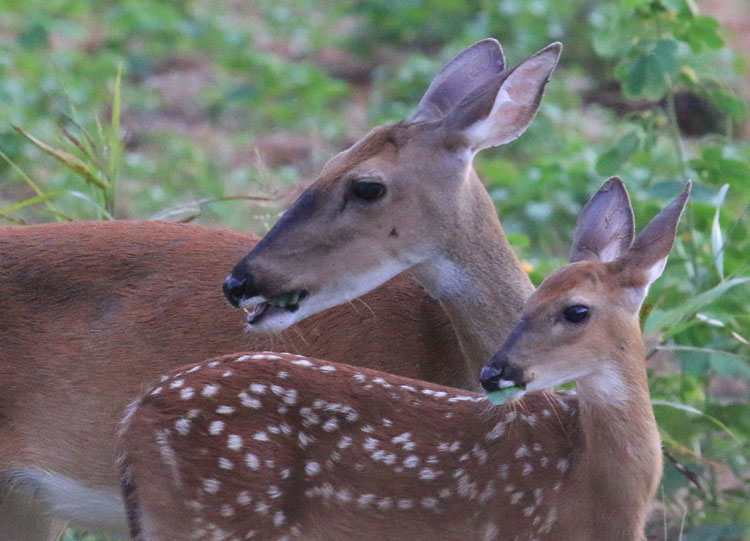
4. Nutrition can significantly affect antler growth.
5. Antler development continues to improve with age up until bucks are about 6 to 8 years old. Fluctuations in an area’s nutrition and some other outside factors might influence a buck’s largest set of antlers to be grown at a bit younger or older age, but those years should be the prime of an adult buck’s life.
6. You can do little to improve antler genetics in the wild except to leave obviously superior bucks in the herd. However, while the older, more dominant bucks typically do the majority of the breeding, this is not a given. You may have aggressive bucks with small antlers or even spike bucks that breed some does. It is thought by many that body size has as big of an influence on which bucks will breed as does antler size.
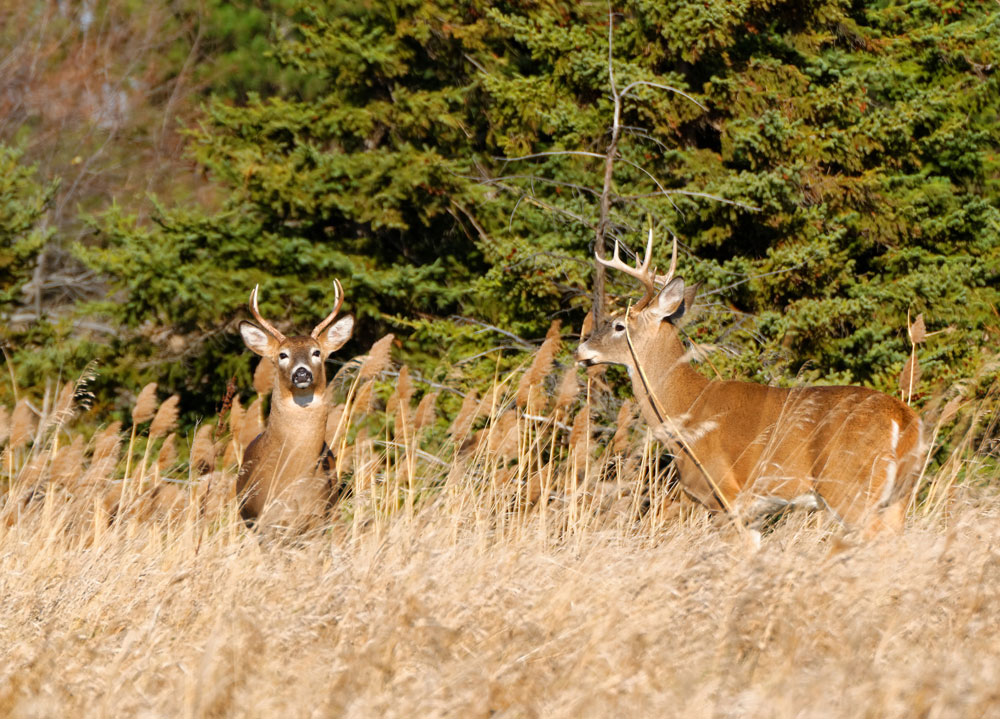
We Can Make a Difference
In my view, whitetails really don’t have a “genetic problem” that we need to fix, but some still try to manage herds like there is. However, bucks do have many actual problems of other kinds that affect antler growth that we can do something about. You’ve seen above that nutrition was mentioned several times, but this is the one area where we can have the biggest influence.
Another reason bucks produce inferior antlers is because they were born late, most often because of skewed sex ratios. When this happens, they get a delayed start on their physical development from the very beginning.
What Can We Do to Help Antler Growth?
1. Bolster and improve nutrition on a year-round basis through food plots and native habitat improvements.
2. Obviously, we need to protect immature bucks to give them a chance to reach maturity so they can show their true genetic potential.
3. Balance adult sex ratios through harvesting does. Often fawns are born late because there aren’t enough bucks to breed all the does during their first estrus cycle, so does conceive later, meaning fawns are also born latter. We also want to make sure we balance the area’s density to the habitat. More mouths mean less quality food for the rest of the herd. Too many deer also creates social stress, which has a negative impact on antler size.
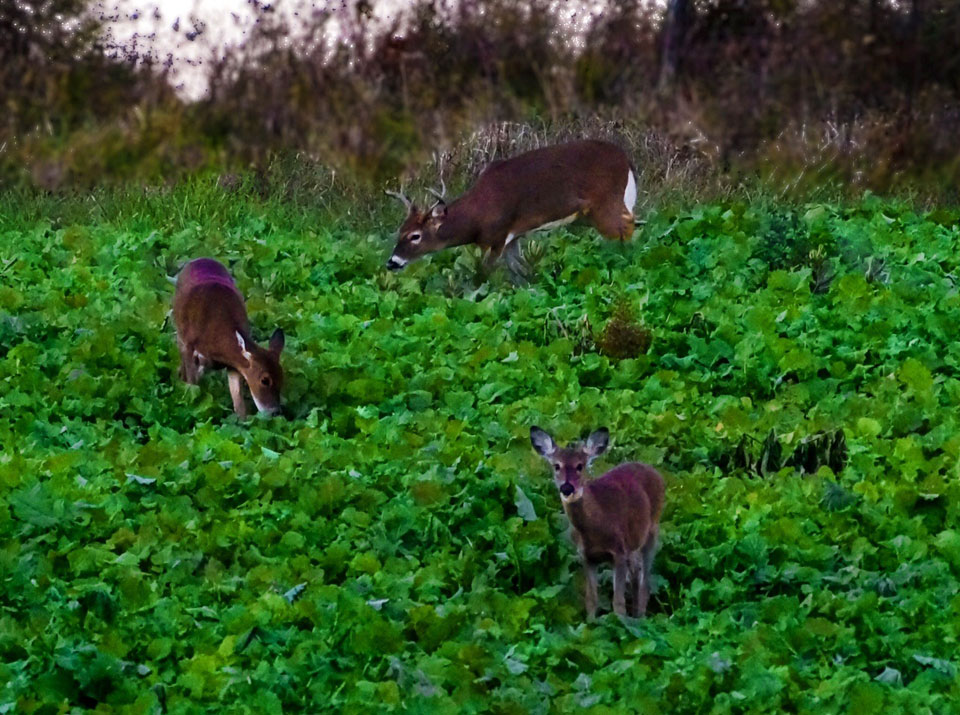
The deduction is, genetics mean a lot to each individual buck’s outcome relating to antler characteristics and body size, but there is nothing we can do to CONTROL them. We can only change them, or give them a gentle nudge by harvesting some deer and letting others live.
Are Deer Antlers Genetic?
I think that people put way more focus on genetics for antler development than it deserves. And we can estimate the proportion of all the antler development or the population that's due to inherited genetic factors. And for young bucks, it's maybe 25 percent due to genetics. For mature bucks, it's probably 40 to 45 percent. Now, that leaves another 50-plus percent that's due to what we call environment, part of which is nutrition. And so, in some ways, the first reaction is trying to cull and do all this genetic manipulation, and you're telling us now that it doesn't work, what do we do? Well, I think, it's kind of good news because that other 50-plus percent that is due to environment is something that managers can directly affect. And so, by nutrition, that means, improving forages, planning food plots, all of those types of things are definitely within management control. And they can happen within a pretty short period of time within a couple of years. Several years of a good food plot or other nutrition program can make a huge difference in body weights and antler size and things like that. And you could never make that fast of a leap just by manipulating genetics alone. There's always a bigger component to the nutrition part there and like I say, that's something that is usually more under a manager's control. So especially in open populations, if you're not behind the high fence or something, just forget about this genetic stuff. But you can do a lot of on the ground management that can make a really meaningful difference.
Whitetail Deer Breeding Values
It's very similar to what an animal breeder would do if you're looking at livestock. How do we pick potential bulls for their production value for milking trades? Obviously bulls don't produce milk, but their female relatives do. So you can use these same tools to say, "what's the potential of these bucks to sire offspring that have better antler development?" And so, the estimation of that is called a Boolean value. So in other words, no matter what that buck looks like, he might have smaller antlers, but we might be able to predict based upon his genetic potential that his offspring might be above average. Or maybe they're below average. It could be a large animal that has very large antlers but whatever it is about that doesn't translate into the offspring. And this is essentially for whitetail deer in a wild situation. This is the first time that we've been able to do what's been able to estimate these type of genetic relationships and then using some of those quantitative genetics tools to make some of the predictions in terms of breeding values. And the key to that has just been long-term steady evolving a lot of deer and being able to capture and recapture these deer and their offspring and go several generations down the road. So it's an extremely deep and powerful medicine, and it's pretty amazing.
Is There Such Thing as a Cull Buck?
So what can hunters do learning from our results here? Well, the bottom line is what hunters shouldn't do. And what hunters shouldn't do is make harvest decisions, thinking that they are going to cull a buck or a group of bucks and think that they are going to improve the genetics of the herd. And so, it has definitively been shown with this experiment that that is not happening. And there's a lot of different reasons why and some of it gets pretty complicated with population level genetics. But the bottom line is the environment, whether it be rainfall, temperature, all sorts of different conditions, plays a really big role.
Secondly, the heritability of antler size value is pretty low. So there's not this one-to-one correspondence between a bucks. A father that has big antlers does not mean that his son is going to have big antlers. And even translated further than that is what's called the breeding value, meaning that there's a lot of differences from buck to buck in the ability of them to pass on those genes to their male offspring. And so that differs from every individual buck. Some bucks have what we call a higher breeding value, meaning that their offspring are going to resemble the father a lot more. And there are some bucks you would look at and it may appear to be a trophy buck, a buck that you would want to stay in the population that you would want to breed a bunch of does, but he may have a very low breeding value, meaning that his sons are not going to resemble him whatsoever. His sons aren't going to have antler characteristics correlated to the father's antler size, and a hunter can never make that assessment. A hunter just looking at a buck and deciding whether to keep it or cull it has no idea what that bucks breeding value is.
So, what a hunter can do is basically do not harvest a buck or cull a buck thinking that you are going to improve the antler size of offspring in subsequent years. It's just not going to work. Now, there's a lot of different reasons you may want to harvest a particular buck in terms of population control. There's a lot of different reasons for selective harvest. There may be a particular buck that has below average antlers, and I may want to harvest that buck. But I'm not doing anything whatsoever to improve the genetics of the herd. I may want to remove that buck simply because I can see that he not does not have the antler size or antler quality I desire, and I need to control population numbers, so I'm going to harvest that buck. That's a very, very big difference there in the reason that you're harvesting the book.
How Female Deer Influence Antler Development
Half of the DNA material obviously comes from the doe but more than DNA. She's raising those fawns, especially in their first year of life. Let's say if she only has one fawn to provide milk for versus two, she can give that one fawn a lot more nourishing than maybe she can two, and so on. And I think some of our other research has shown also that some of these older does that are three or four years and older, they're physically mature, they can be in a lot better condition. They're just more experienced and more able to give some nourishment to the offspring, so we don't know anything about the does that these bucks come off of because we weren't able to monitor that segment. Some of that, those differences among young bucks, is probably just due to whether they were a single or a twin, whether their mom was an adult or a younger one. There is a bunch of other random things like; did that fawn get sick as a young individual? Did it just happen to you hurt itself or something as a young individual? A lot of different factors can come into play that we can't necessarily directly track, but any one of those can affect their development later in life.

















